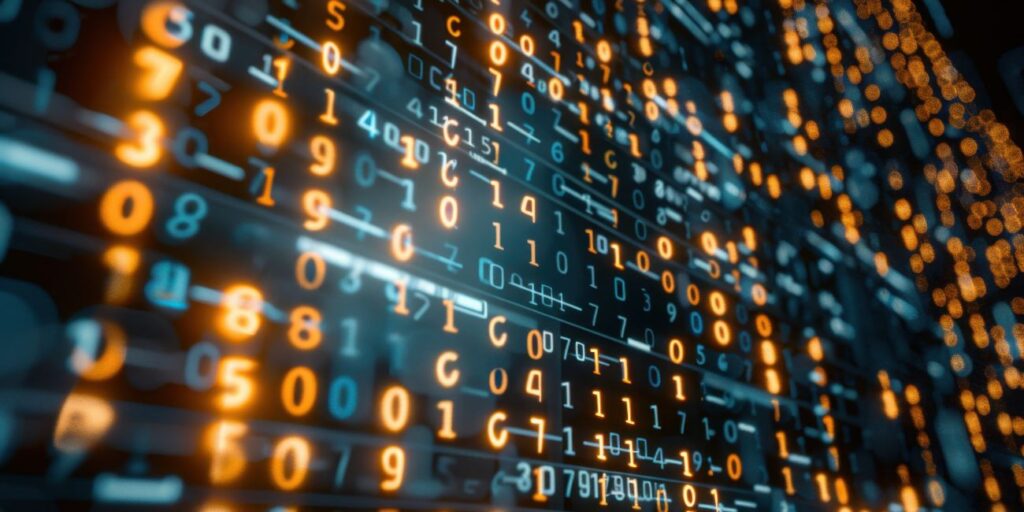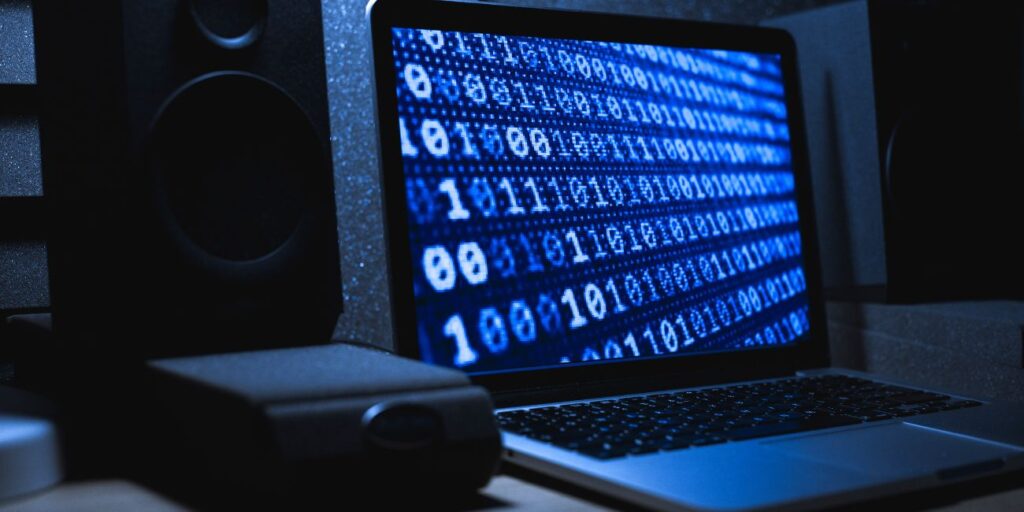Every message you send, photo you share, or video you watch relies on binary code. It’s the foundation of all digital technology, powering computers, phones, and the internet.
Even though binary looks simple — just a string of 0s and 1s — it’s the universal language machines use to store and process information. Understanding it helps explain how computers turn signals into apps, games, and content we use every day.
What Is Binary Code?

Binary code is a number system that uses only two digits: 0 and 1. Unlike the decimal system we use daily (base-10 with digits 0 through 9), binary is base-2. Each 0 or 1 is called a bit, short for binary digit.
Think of bits as switches. A 1 means the switch is on, and a 0 means the switch is off. By combining these simple states, computers can represent numbers, letters, and instructions.
Why Do Computers Use Binary?
Computers depend on electrical signals. Electricity is easiest to represent in two states: flowing or not flowing. That makes binary a natural fit.
- 1 = On / True / Yes
- 0 = Off / False / No
Because only two states exist, binary is less prone to errors and much more reliable than systems with more states. That’s why every processor, memory chip, and storage device works with binary at its core.
Bits and Bytes Explained
A single bit is just one 0 or 1. On its own, it doesn’t hold much information. But when you group bits together, they become powerful.
- 8 bits = 1 byte
- 1 byte can represent 256 different values (from 00000000 to 11111111).
- Kilobytes (KB), megabytes (MB), gigabytes (GB), and terabytes (TB) are all based on bytes.
For example, when you see your phone has 128 GB of storage, it means it can hold billions of bytes of binary data.
How Binary Represents Numbers
Binary follows place values just like decimal, but instead of powers of 10, it uses powers of 2.
Example: Decimal 5 = Binary 101
- (1 × 4) + (0 × 2) + (1 × 1) = 5
Binary 101 means:
- The “4” place is on (1)
- The “2” place is off (0)
- The “1” place is on (1)
Together, it equals 5. This is how all numbers are stored in computers.
How Binary Represents Text

Numbers are easy to store, but what about letters? Computers use systems like ASCII and Unicode to map characters to binary.
Examples in ASCII:
- “A” = 01000001
- “B” = 01000010
- “C” = 01000011
So, when you type “ABC,” your device is really storing those binary values. Unicode expands this idea to cover thousands of characters, including emojis and non-Latin alphabets.
How Binary Powers Instructions
Binary isn’t only for storing numbers and letters. It also runs the instructions that tell a computer what to do.
In the lowest level, processors read machine code, which is written in binary. Each instruction — like add, move, compare, or jump — is represented by a specific pattern of 0s and 1s. These binary instructions run billions of times per second inside modern CPUs.
Everyday Examples of Binary Code
Binary is everywhere, even if you don’t see it:
- Images are stored as binary values for pixels and colors.
- Music is stored as digital samples of sound waves in binary.
- Videos combine image frames and sound, all represented in binary sequences.
- Files of any type — Word docs, PDFs, apps — are just long streams of 0s and 1s.
If it’s digital, it’s binary.
Binary vs Decimal vs Hexadecimal
The decimal system is the number system people use every day. It’s base-10, meaning it uses ten digits, from 0 through 9. Everything from prices to phone numbers relies on this format because it’s simple and familiar for human calculation.
Computers, however, rely on the binary system, which is base-2. Instead of ten digits, it has only two: 0 and 1. These two states match perfectly with the way computer hardware works, since transistors and circuits can be on or off, carrying signals in a clear and reliable way.
For programmers and engineers, reading long strings of 0s and 1s is not practical. That’s where the hexadecimal system comes in. Hexadecimal is base-16, using digits 0 through 9 plus the letters A through F to represent values. It condenses long binary strings into a shorter and more readable form, which makes it easier to debug code, track memory addresses, or represent colors in web design.
Final Thoughts
Binary code is simple at its core, but it powers the entire digital world. With just 0 and 1, computers can represent numbers, text, images, music, and even the apps you use every day.
From the smallest message to the largest video file, everything digital exists in binary. That’s why learning how binary works isn’t just technical trivia — it’s understanding the language of modern technology.
